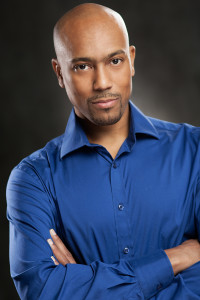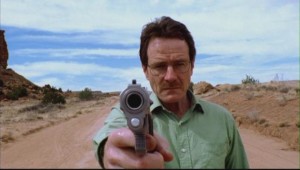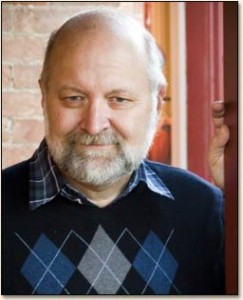A guest post by R J Terrell
Ah, our friends spelling and grammar. We meet them in school and they are with us for the rest of our literary lives. They’re what make non verbal communication possible, and make those of us who think too much marvel at how they came to be and evolved over the centuries.
In nonfiction, such as technical books, cookbooks, etc, spelling and grammar are essential (except your vegan books where we have substitutional products like almond mylk instead of milk) throughout the book. The last thing an author wants is to misspell the word spase in a book about astronomy. *grin*
In fiction, however, it’s a little different. Among others, there are two things going on that make for an immersive novel.
Within fiction, you have narrative, and dialogue. While there different types of narrative styles, for the purpose here, we will stick to three.
One style of narration is First Person. In first person, the reader only knows what the character knows. In this style, you the reader are in the main character’s head, and therefore are reading things in the manner in which they think. In this type of narration, spelling and grammar are usually going to follow the rules. Although you are reading the character’s experiences from their perspective, and sentences are even written in a style according to how they think, spelling and grammar are going to be intact; “When I made my way over that hill and saw that mountain lion, there was no way in hell I was taking a step closer. In fact, I took a step back.” This is first person, but written in a conversational style. Grammar and spelling intact.
Two other styles are Third Person Limited and Third Person Omniscient. The former is similar to first person, in that the reader only knows what the character in question knows, but it is in third person. Omniscient is when the reader knows everything going on in the world even though the characters don’t. These two types of narrative require proper spelling and grammar at all times. We are outside the characters’ heads, and are in a sense, hopping from shoulder to shoulder of each character.
And lastly, we have dialogue. This is what draws us into a character. It gives the character depth and personality. It’s what makes a character real. Now as I mentioned, we all learn spelling and grammar in school, but few people speak in the same manner we write. If I was speaking to you right now, I would say, “Hey, what’s goin’ on?” I’m less likely to say. “Hello. What is going on?” Generally, relaxed conversation just doesn’t happen that way, and it shouldn’t with your characters, either.
If every single character in a book spoke in proper spelling and grammar, we would likely feel like we were reading a documentary. People don’t speak like a text book, so for goodness sake, they shouldn’t be written to speak like one in fiction, unless that is part of the story. However. There is a balance. I can have a character say, “Hey there my man! What’s happnin’ over up that hill?” But if I were to go too far, for instance; “Hey th’r m’mayne! Waz happnin’ over’n up’n th’ hill?” It’s just too much. Although there are people who speak without pronouncing a single word correctly, they can be difficult to understand, just like it would be the case trying to read what they’re saying. A balance has to be maintained. The exception is that if there is one character that speaks this way, it can be highlighted as something that makes them different. A whole race of characters can be difficult to understand, but this must be used sparingly, lest you risk frustrating the reader and them giving up. Nothing is worse than trying to sit down and enjoy a book but having your brain scrambled trying to decipher the dialogue of a book full of characters with crazy speech patterns. That can pull you out of a story just as easily as one full of characters speaking like Rhodes scholars.
So narrate that book with impeccable spelling and grammar, and get those sentences right. But for the sake of your lovely, awesome, inspiring characters, throw in some slang, have that peasant farmer say ‘hisself’, instead of ‘himself’. Find that balance and learn to walk it well, and your readers will love you for it.
About R J Terrell:
 R. J. Terrell was instantly a lover of fantasy the day he opened R. A. Salvatore’s: The Crystal Shard. Years (and many devoured books) later he decided to put pen to paper for his first novel. After a bout with aching carpals, he decided to try the keyboard instead, and the words began to flow. When not writing, he enjoys reading, video games, and long walks with his wife around Stanley Park in Vancouver BC.
R. J. Terrell was instantly a lover of fantasy the day he opened R. A. Salvatore’s: The Crystal Shard. Years (and many devoured books) later he decided to put pen to paper for his first novel. After a bout with aching carpals, he decided to try the keyboard instead, and the words began to flow. When not writing, he enjoys reading, video games, and long walks with his wife around Stanley Park in Vancouver BC.




